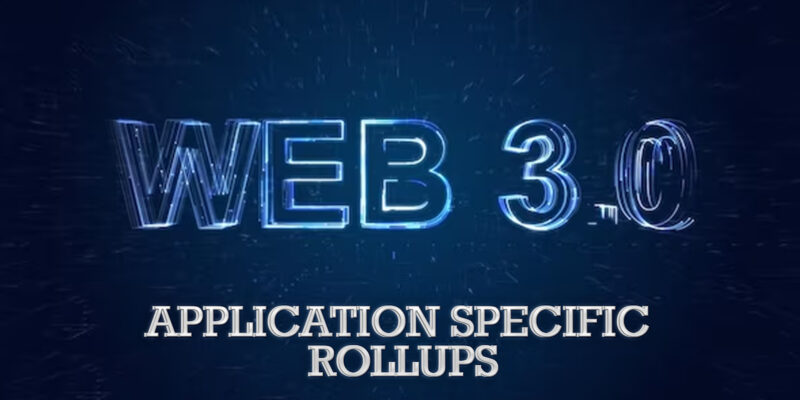- Web3 has increased the adoption of Blockchain systems due to its main focus on decentralization.
- The adoption has created congestion in the blockchain network, leading to the formation of monolithic blockchain.
- Now, scaling solutions are gaining the attention of developers, particularly application-specific-rollups.
With the emergence of Web3 theory, the blockchain system has gained wide adoption in almost every industry. As more and more people join the blockchain network, the network starts getting overloaded. Now, the network requires a scaling solution that enhances the capability of processing transactions.
Scalability Issues and Rollups
It becomes a struggle for these systems to scale. When one chain itself handles the data consensus and execution, it slows the process, resulting in scalability issues. This also creates hesitation among the users about using the network. That’s where scalability comes into the picture.
When talking about scaling solutions, rollups are the most prominent way in which a network can solve the problem of scalability. The concept of rollups was introduced by the Ethereum Blockchain. Rollups are used to scale the process as they can operate on off-chain datasets.
They delegate the transactions or the data to the systems that are operating off-chain or outside the blockchain system. These systems work on the datasets off-chain and consolidate the data. After consolidation, they send these datasets back to the main blockchain using cryptography techniques like fraud proofs and validity proofs.
Now, with the advancement of technology, the concept of application specific rollups is gaining popularity.
Application Specific Rollups: DApps Having Individual Rollups
Application rollups, sometimes also called appchains, also work in the same way by acting as off-chain execution layers. But the play is that while blockchain systems have a single rollup. In this concept, each dApp had its own rollup to increase computation scalability.
DApps are decentralized applications that are based on blockchain networks and have smart contract integrations. DApps and users start competing for the blockchain’s finite space. These rollups can prevent the dApps from competing by having a dedicated mechanism for themselves.
This will help these applications achieve their full potential. This also helps the developers in many ways. These ways include cost efficiency, design space, increased computational power, data scalability, and many more. By delegating activities off-chain the overall efficiency of the network increases.
Future of Blockchain Systems
Blockchains have always been in demand because of their wide range of real-life as well as digital world applications. As more and more platforms are coming, more and more innovations we will get to see in the future. Besides, these scaling solutions are also increasing.
While we have taken rollups into consideration in this blog, sidechains and layer-2 solutions are also prominent in the digital world. These all help the developers and network offer a wide range of utility to the users and not compete with each other in the network.
Conclusion
In a nutshell, Web3’s emergence has increased the adoption of blockchain systems. This has caused confusion and made things unclear on the network. To solve these problems, there are ways to make the network work better.
Particularly, the concept of Application specific rollups, or appchains, can be a game changer for the blockchain space. The unique feature of this whole concept is that a single rollup is designated for a whole blockchain network. In this case, a single rollup is dedicated to a single dApp, which can help achieve scalability.


Comments